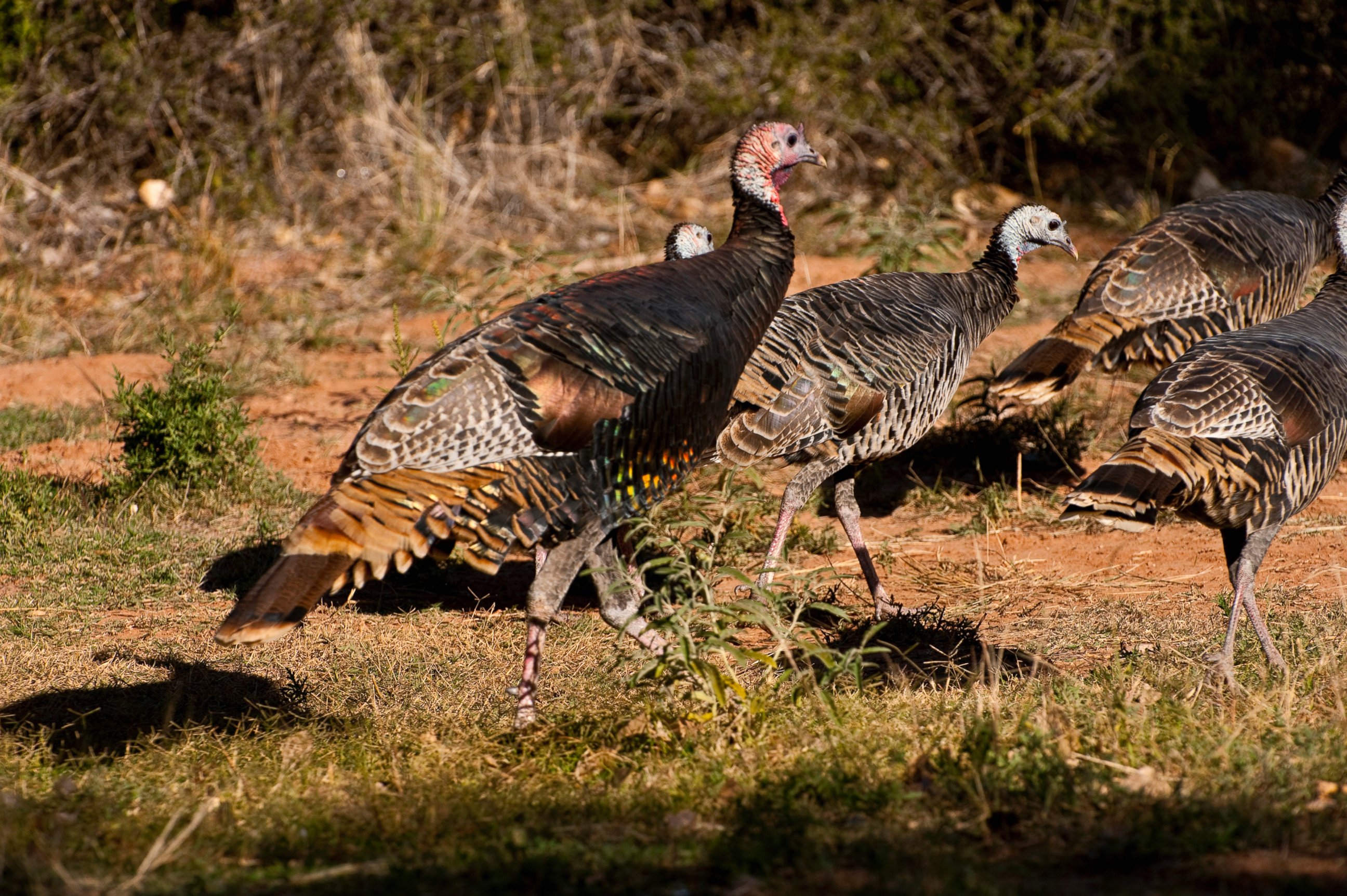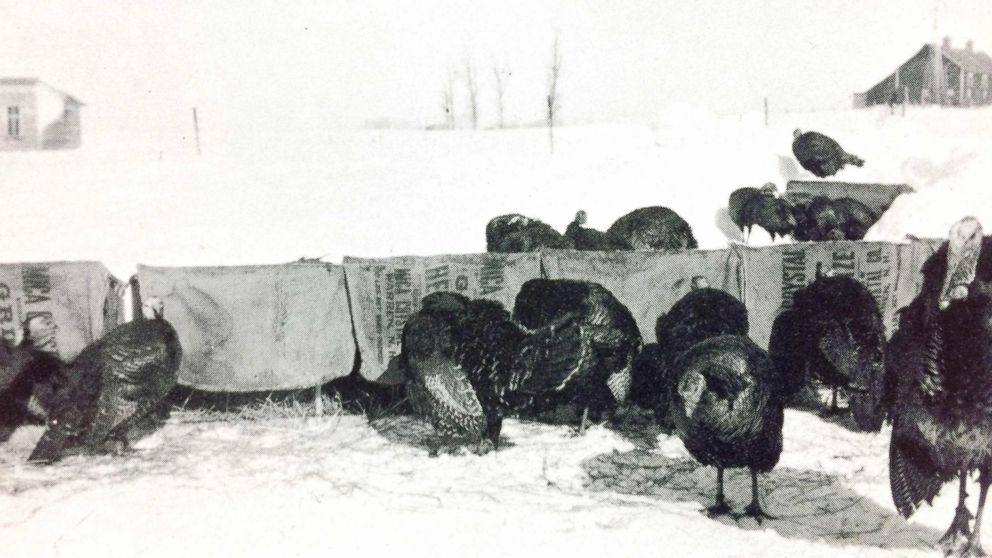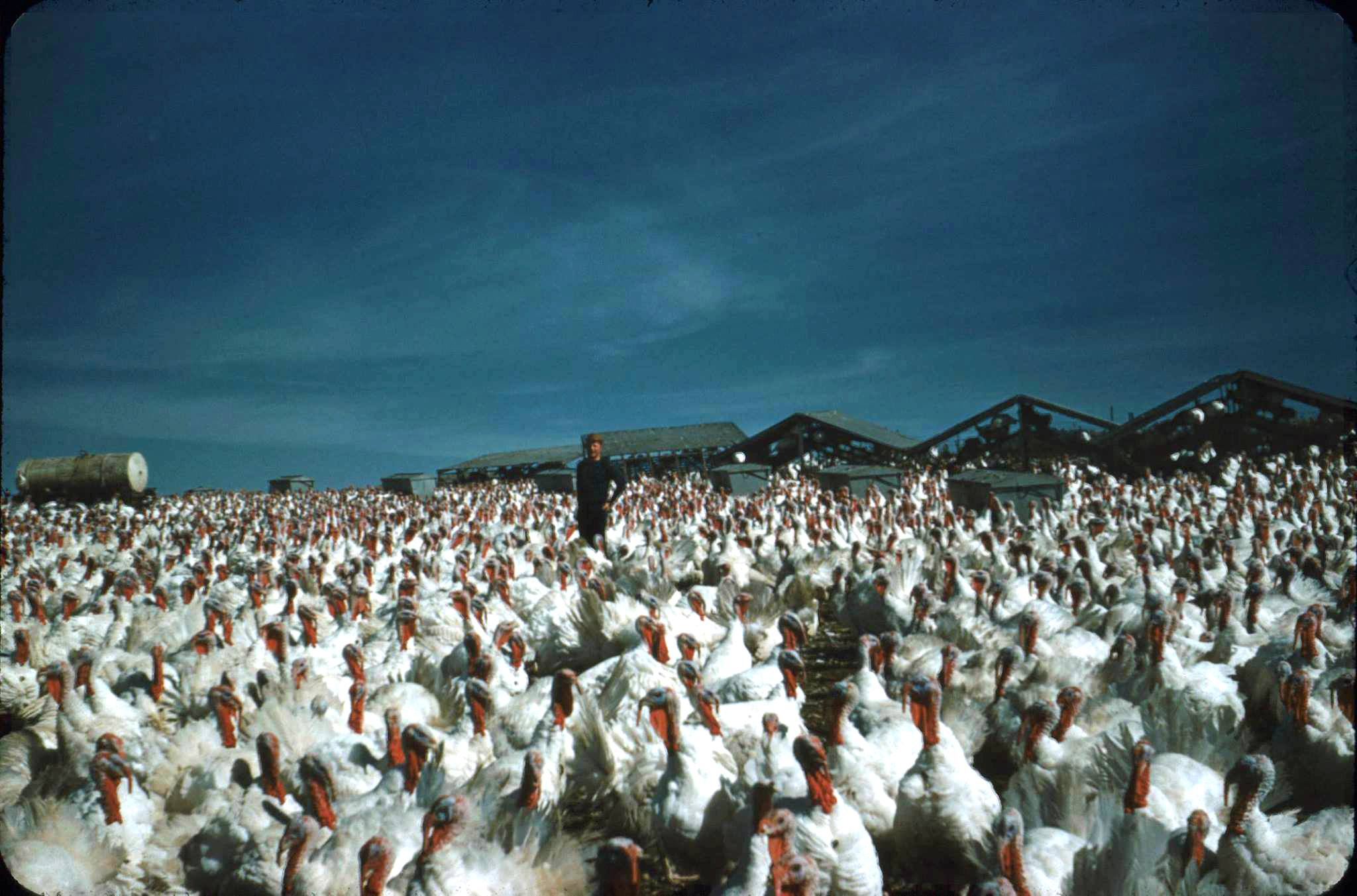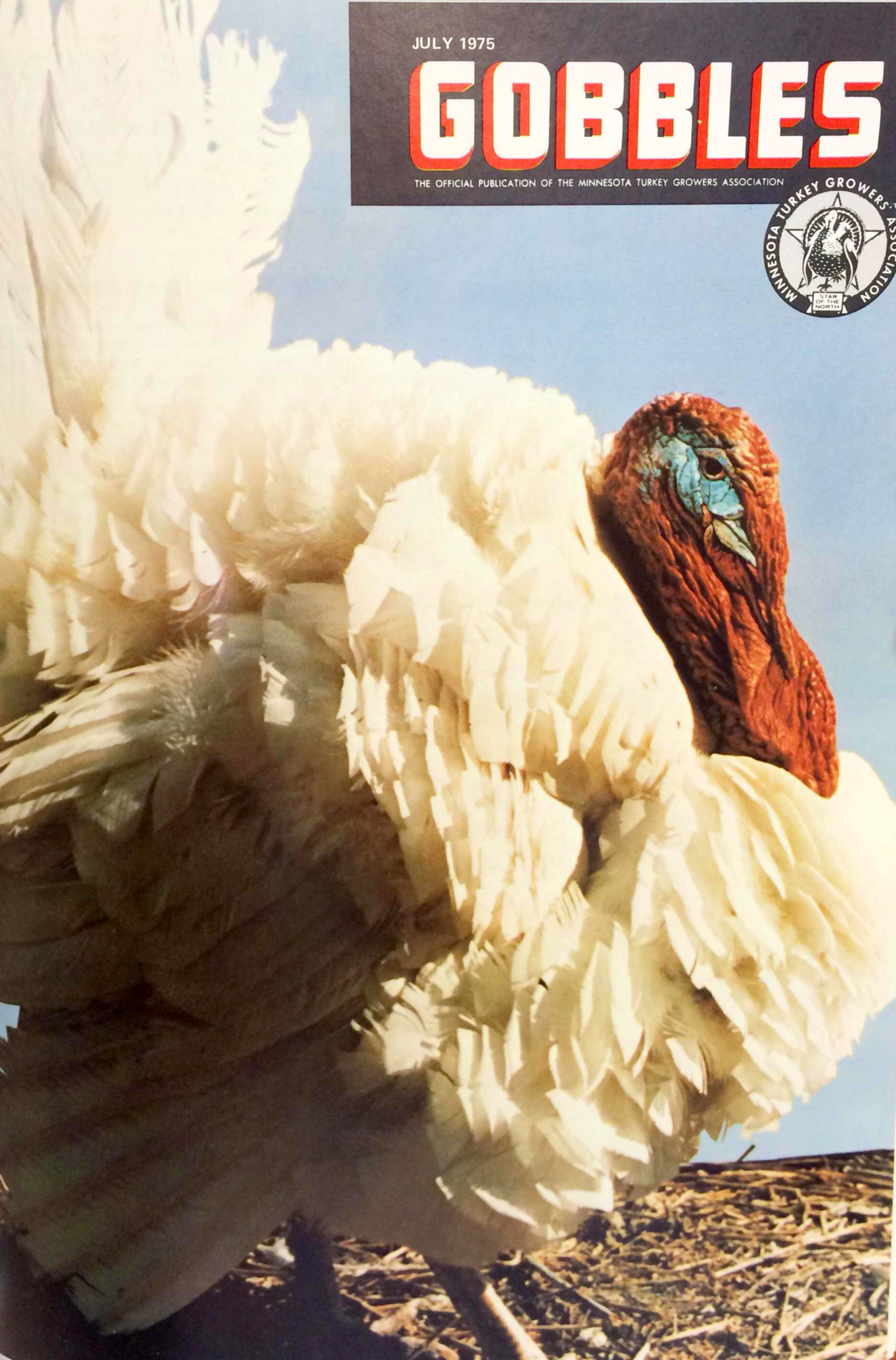Why the Thanksgiving Turkey Isn't What It Used to Be
Today's turkey is a triumph of modern technology.
— -- The turkeys the pilgrims probably encountered when they stepped off the boat were of the wild variety. They were long, lean and somewhat gamey from a life of foraging and fleeing predators.

As for the large-breasted, plump-limbed Thanksgiving turkey we enjoy today, it's a triumph of modern technology.
In the late 1920s, breeders began tinkering with domesticated turkeys, which still resembled their wild cousins, so that they matured faster and grew larger. The nickname for one popular breed was “bronze Mae West,” according to Modern Farmer, but the industry eventually agreed on calling them broad breasted bronze.

Keith Williams, a spokesman for the National Turkey Federation, said the turkey industry really got cooking in the 1940s and '50s when farmers realized they could raise turkeys similarly to how they raised chickens.
“Rather than hunting through the woods for eggs, they could incubate them and the animals could be safely housed in large sheds,” he said. “This allowed them to raise animals more efficiently and less expensively.”
Thanks to selective breeding and growing techniques, Williams said, farmers can now produce a bird that has far more white meat and larger, more muscular thighs than its ancestors.
Because the skin of darker birds were speckled with colored dots all over after plucking, the industry eventually shifted to a breed known as the broad breasted white, which doesn’t speckle and now accounts for the majority of birds sold.

In the 1930s, the average-size Thanksgiving turkey was between 7.5 and 10 pounds, according to the U.S. Department of Agriculture archives.
Today, families tuck into a bird that weighs an average of about 15 pounds, the Minnesota Turkey Growers Association estimated.
Up until about 1970, turkeys that made it to market arrived in big barrels of ice and were “New York dressed” Williams said.

“They came with the head, feet and all their organs still intact,” he said.
Most birds sold today come frozen and fully dressed so they are oven-ready, he added.
Nearly 90 percent of Americans will dine on turkey this Thanksgiving, according to the National Turkey Federation. That’s 46 million birds.
One last turkey fact before you slip yours in the oven: Most Thanksgiving turkeys Americans eat are hens. Americans don’t ordinarily eat the male toms except in the form of the humongous drumsticks sold at Disney and other amusement parks which, Williams noted, are often mistaken for ostrich legs.




